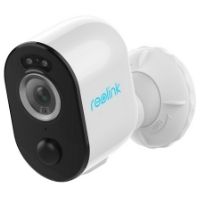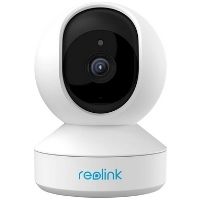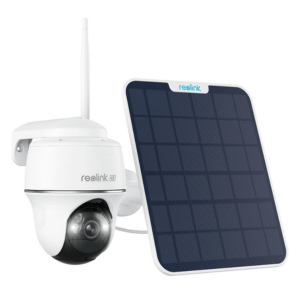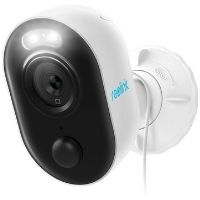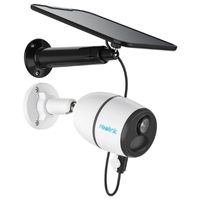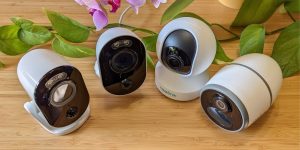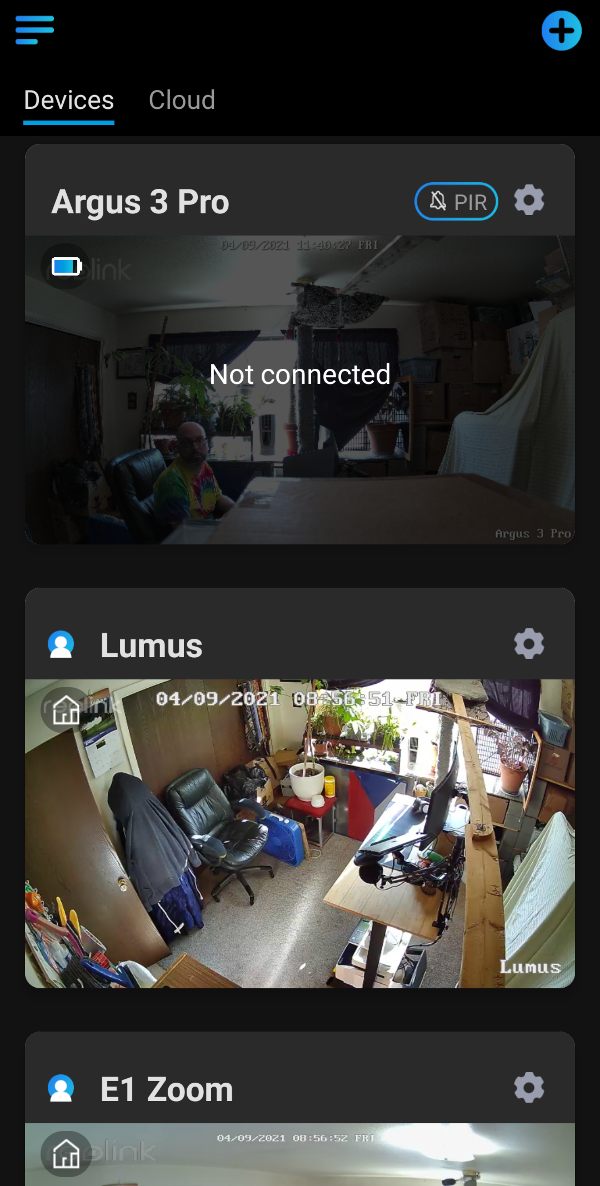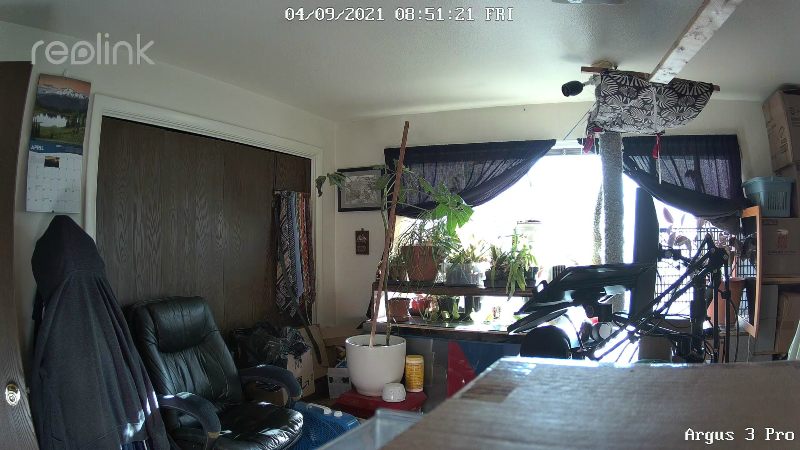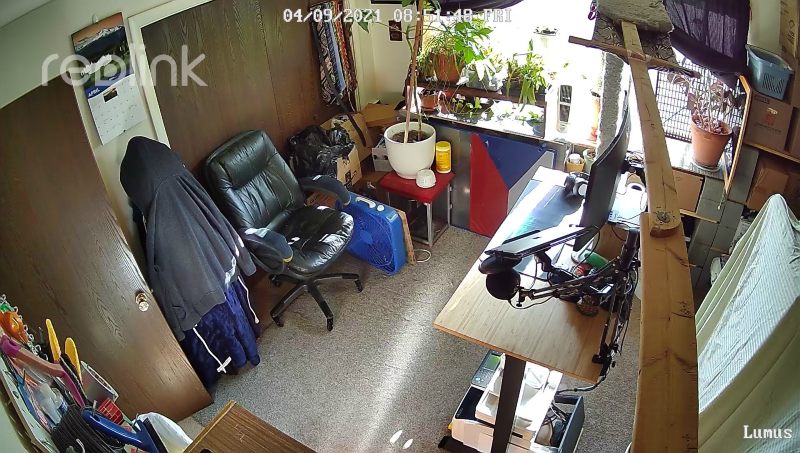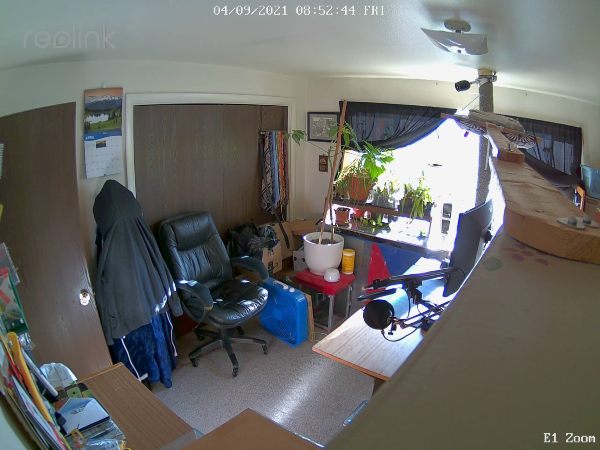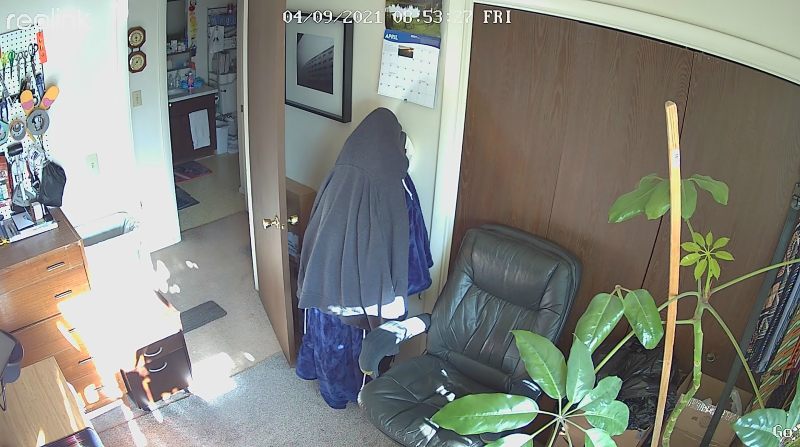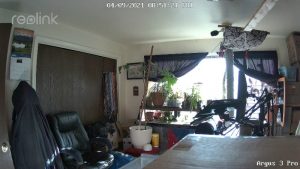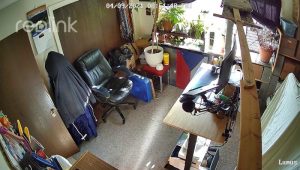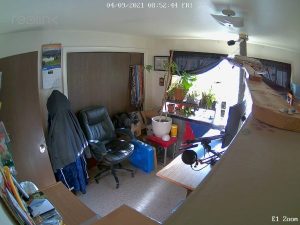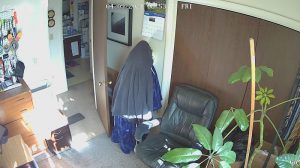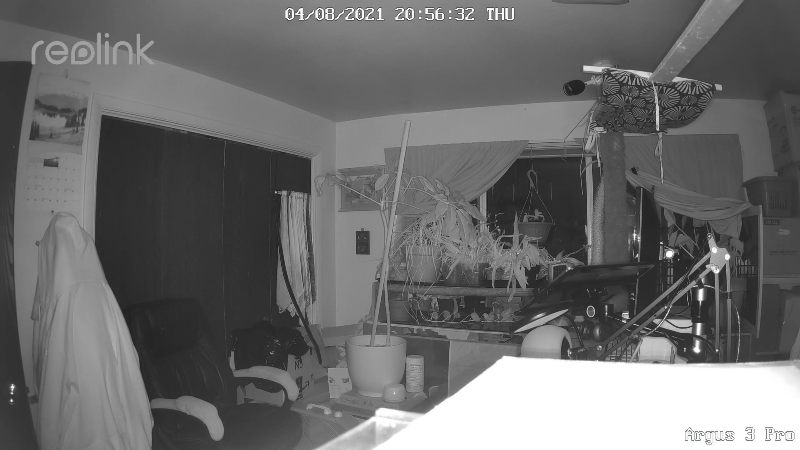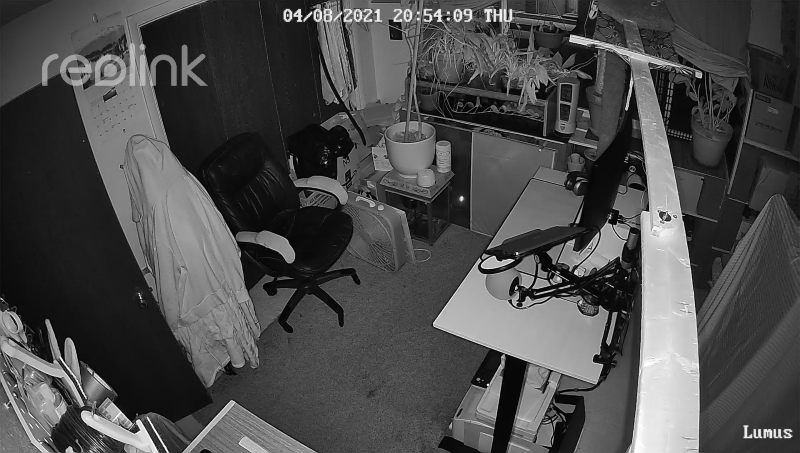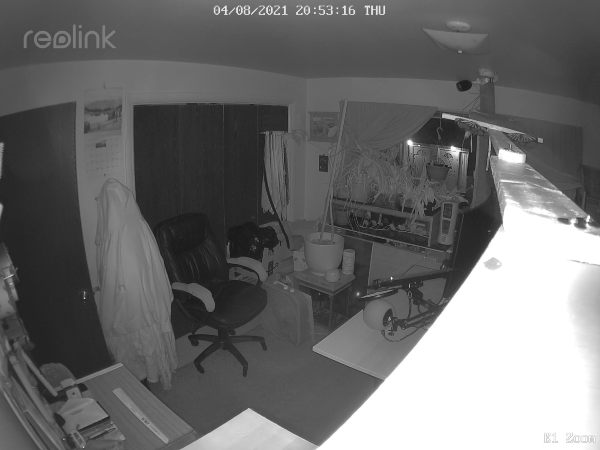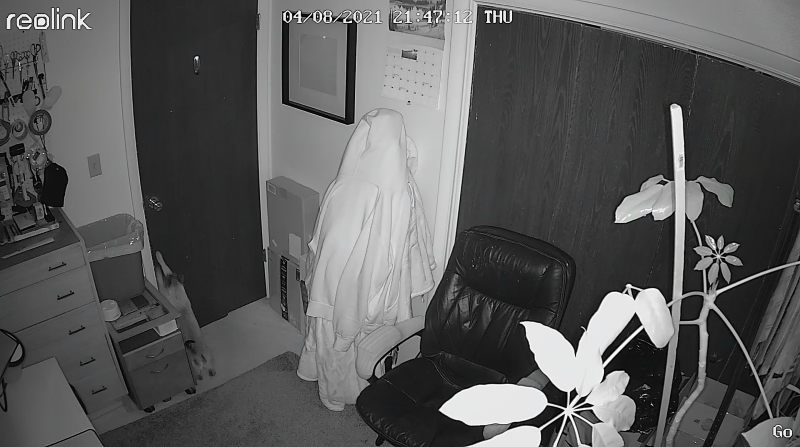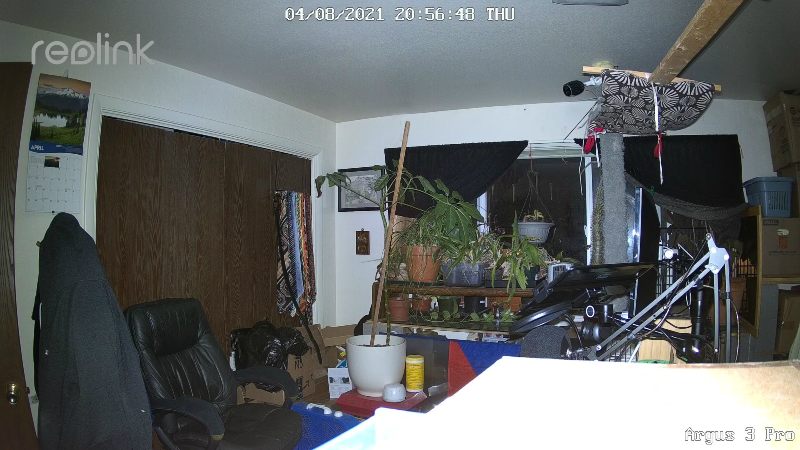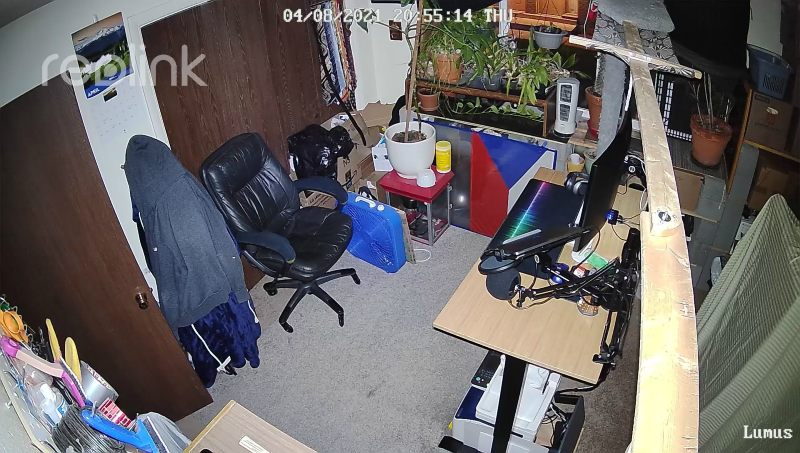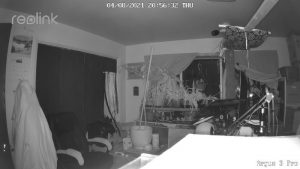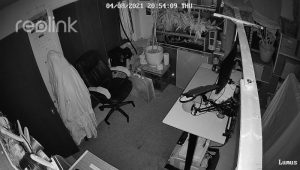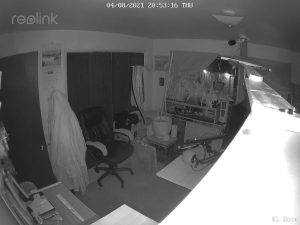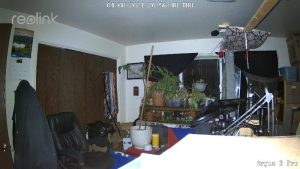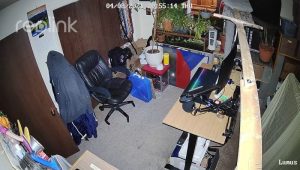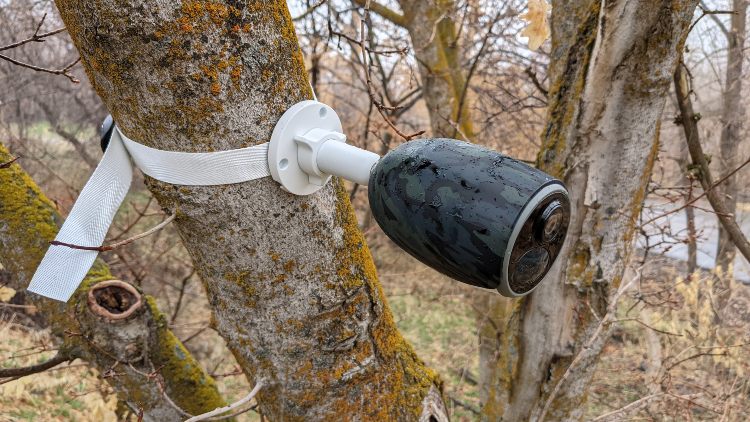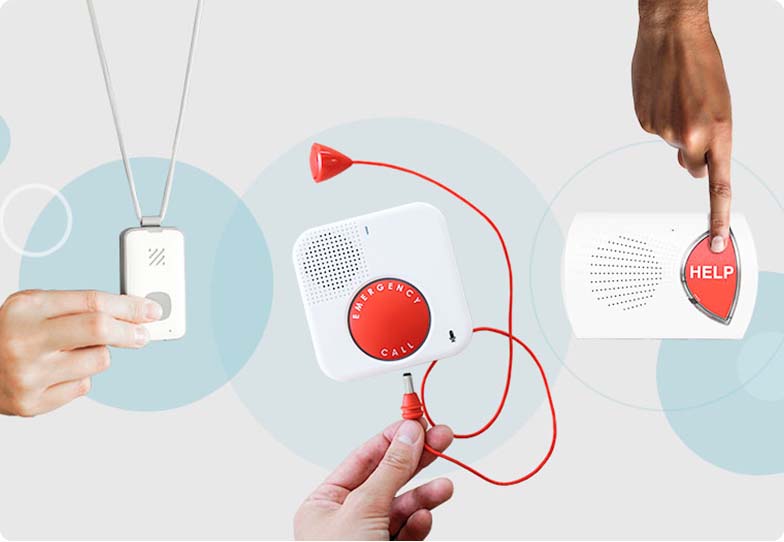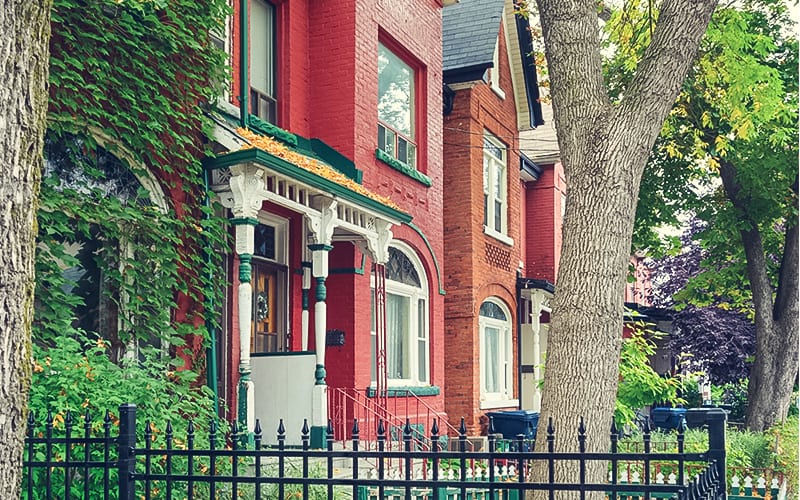As you can imagine, cellular data is a big advantage, but it's not without drawbacks. First, you need a compatible SIM card. (We found this out the hard way by trying the wrong card first.) Ultimately, we used the US Mobile GSM SIM card (the white one), for our tests, and it worked well—we're big fans of US Mobile for this because the company offers data-only, pay-as-you-go plans that are relatively affordable.
Once you set up your cellular data plan, the camera is easy to use and yields 1440p videos with quality similar to that of the Reolink Argus 3 Pro. The Reolink Go Plus is not as responsive during video livestreams, but that's not much of a downside, considering it uses a different type of data than Wi-Fi cameras.
We're glad that the Reolink Go Plus comes with a solar panel because its battery lasts only a few weeks otherwise. It can run using a USB cable too, but we don't think that's as useful when the camera's in its element far from civilization.
Reolink Go Plus is weatherproof but also comes with a camouflage-color silicone cover for extra protection. It also includes a strap to mount on trees without using screws (though the solar panel mount still requires screws). Overall, Reolink Go Plus is the best LTE security camera on the market, thanks to its relatively affordable price and great video quality.
